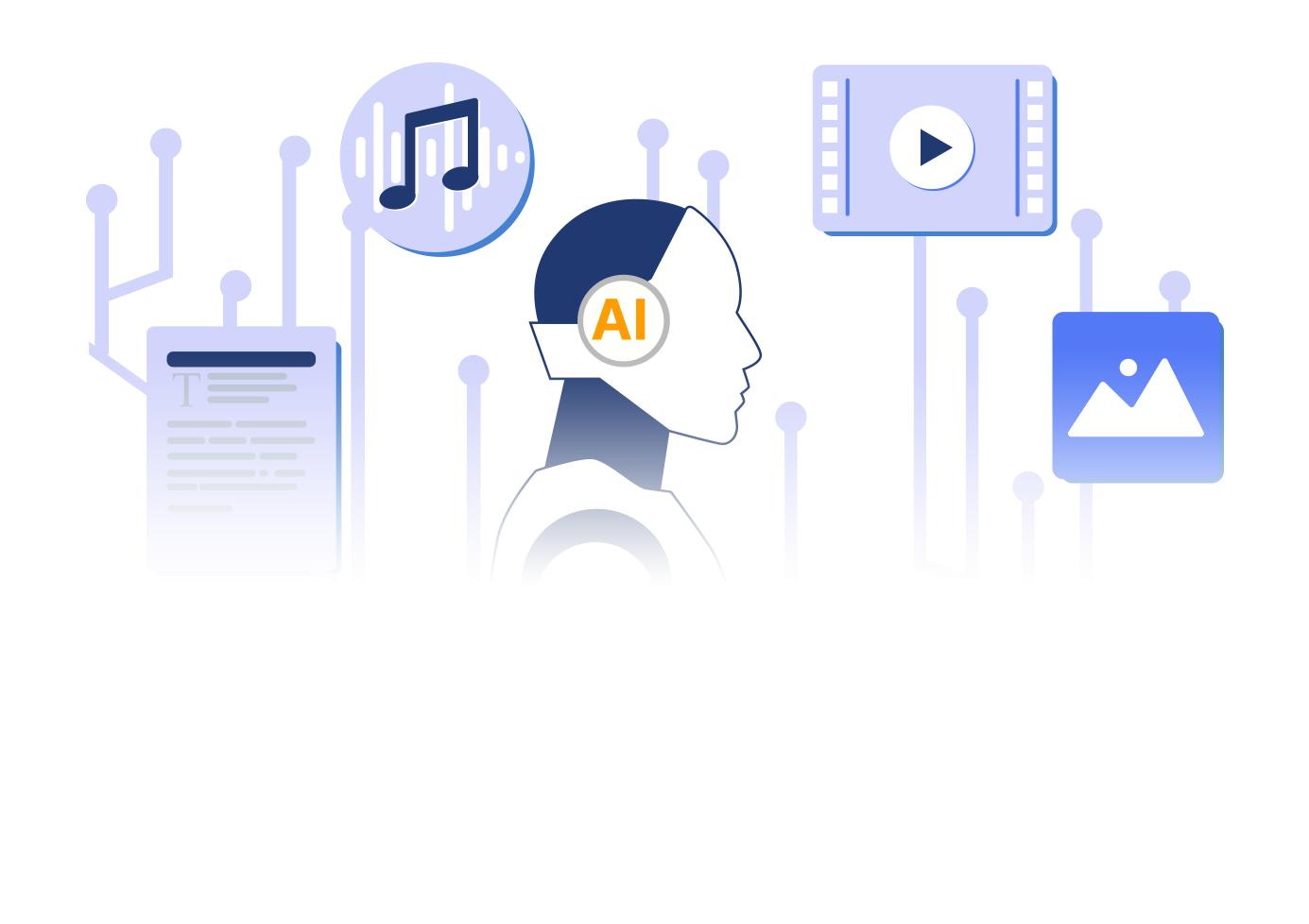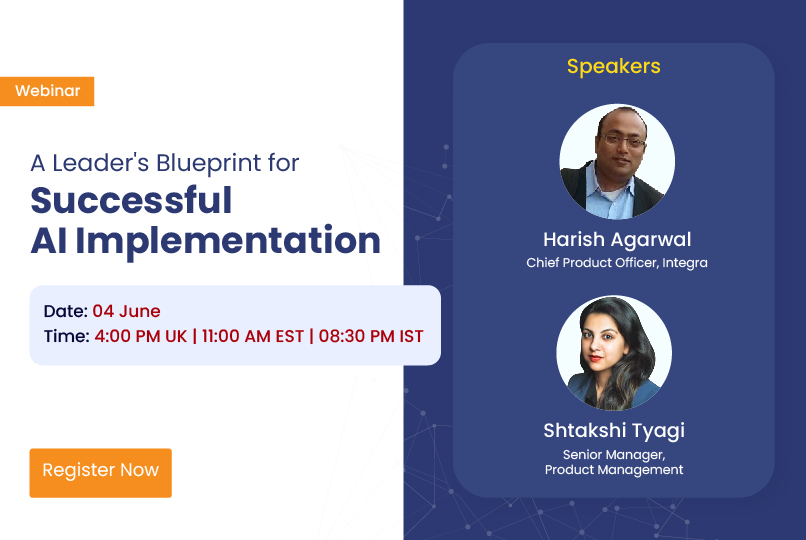Month: July 2024
The Rise of Multimodal AI: Transforming Human-Machine Interaction
Multimodal AI, a rapidly growing field in artificial intelligence, is gaining significant attention. It allows machines to interact with humans using comprehensive methods that integrate multiple modalities like text, images, sound, and more. This article examines the transformational aspects of multimodal AI and explores practical applications that highlight its importance and potential.
Introduction
This AI technology represents a significant leap beyond conventional AI systems, which usually specialize in single tasks like image recognition or language translation. This cutting-edge approach combines various input types—text, images, and audio—to create more versatile and capable AI systems. By integrating these different modalities, multimodal AI expands the potential for human-machine interaction, opening up new possibilities for more natural and comprehensive communication.
For instance, when examining social media posts, they can simultaneously process images and text to gauge context and sentiment more accurately than single-mode systems. This integrated approach allows AI solutions to offer more nuanced and contextually relevant interactions, enhancing its overall effectiveness and user experience.
Core Technologies Behind Multimodal AI
Natural Language Processing (NLP)
Natural Language Processing (NLP) is a crucial component of this AI model, enabling machines to understand, interpret, and generate human language. NLP encompasses tasks such as:
- Sentiment analysis
- Language translation
- Text summarization
By integrating NLP with other modalities like visual and auditory data, multimodal AI can achieve a deeper understanding of context and nuance. For instance, in a virtual assistant application, NLP helps the system comprehend and respond to voice commands while correlating them with visual cues from a camera feed.
Computer Vision
AI systems equipped with computer vision can analyze and understand visual data from images and videos. This capability is crucial for various applications, including:
- Identifying and locating objects within images
- Recognizing and distinguishing human faces
- Dividing images into meaningful segments or regions
In a multimodal AI system, computer vision works alongside other modalities to provide a richer understanding of the environment. For example, in autonomous vehicles, computer vision helps in recognizing road signs and obstacles, while other modalities like LIDAR and GPS data contribute to overall navigation and decision-making.
Speech Recognition
Voice-to-text conversion is the core function of speech recognition technology, enabling spoken language interfaces. Key applications include:
- AI-powered personal assistants
- Automated transcription tools
- Voice-operated customer service platforms
In a multimodal AI framework, speech recognition is integrated with NLP, computer vision, and other modalities to create seamless and intuitive user experiences. For example, a multimodal AI system in a smart home can understand spoken commands, interpret gestures, and recognize household objects to perform tasks efficiently.
Applications Across Industries and Use Cases
Multimodal AI is transforming various industries by enhancing operations and improving overall user experiences. Several sectors are currently leveraging this technology. Here are a few examples:
E-commerce
In the e-commerce sector, multimodal AI is used for customer assistance. AI assistants powered by multimodal AI can respond to text queries and understand and react to visual and auditory inputs, making customer interactions more intuitive and effective. For example, in physical stores, multimodal AI can integrate video surveillance with transaction data to understand customer preferences and optimize inventory management. Virtual assistants powered by multimodal AI can also provide more intuitive and responsive customer support.
Healthcare
Multimodal AI is transforming medical imaging analysis in healthcare. By processing and interpreting complex scans, AI models assist medical professionals in streamlining diagnoses and minimizing human error. For example, multimodal AI can help radiologists detect anomalies in medical scans more accurately by correlating visual data with patient history and lab results. Additionally, it can assist in predicting disease progression and tailoring treatments to individual patients, leading to better health outcomes.
Automotive
Multimodal AI applications are also apparent in the automotive industry, primarily in automatic accident detection. These AI systems can analyze visual, auditory, and sensor data to detect accidents and alert emergency services, significantly reducing response time. As these systems evolve, they will likely play a key role in realizing fully autonomous vehicles.
Education
Multimodal AI enhances educational experiences through real-time interactive feedback, making learning more responsive and engaging. By reducing operational costs, it democratizes access to advanced educational tools, even in under-resourced schools. Its ability to handle multiple interactions simultaneously improves accessibility and inclusivity, offering personalized learning and multilingual support. For example, it enables natural and fluid conversations, providing instant feedback and moderating virtual classroom discussions.
By exploring applications in these diverse sectors, it becomes evident that multimodal AI uniquely enhances business operations and user experiences that few technologies can match. As we continue to innovate, the potential for multimodal AI across industries is vast and full of exciting opportunities.
What are the Benefits of this Advance AI?
Improved Accuracy and Efficiency
One of the primary benefits of multimodal AI is its ability to improve accuracy and efficiency in various applications. By leveraging multiple data sources, multimodal AI can cross-verify information and reduce errors. For example, in medical diagnostics, combining imaging data with patient records and lab results can lead to more accurate diagnoses. In natural language processing, integrating text, speech, and visual data can enhance the understanding and generation of human-like responses. This multifaceted approach allows AI systems to operate more reliably and efficiently.
Enhanced User Experience
Multimodal AI significantly enhances user experience by enabling more natural and intuitive interactions. By processing and understanding inputs from different modalities, AI systems can respond more contextually and appropriately. For instance, virtual assistants equipped with multimodal capabilities can understand voice commands, recognize gestures, and interpret facial expressions, leading to more seamless and engaging user interactions. This comprehensive understanding helps create user-friendly interfaces that are more responsive to human needs.
Better Context Understanding and Decision Making
This AI model excels at contextual understanding and decision-making by synthesizing information from various sources. This ability is particularly valuable in complex scenarios where single-modality data might be insufficient. For instance, in autonomous vehicles, the integration of visual, auditory, and spatial data allows for better situational awareness and safer navigation. In customer service, combining text analysis with sentiment detection from voice tone can help in understanding customer emotions and providing better support. By considering multiple perspectives, multimodal AI can make more informed and accurate decisions.
The Future of Multimodal AI: Predictions and Prospects
Multimodal AI stands at the forefront of the AI revolution, promising to transcend the limitations of single-modality systems. By integrating text, images, sound, and other inputs, it offers unprecedented opportunities across industries.
However, this advancement faces significant challenges:
- Technical complexities
- Ethical considerations, including bias mitigation
- Data privacy issues
To harness AI’s full potential, we must establish robust testing protocols and ensure adherence to legal and ethical standards. Addressing these challenges through continued research could dramatically reshape human-machine interaction.
As we enter this new era, responsible and ethical AI development is crucial to leveraging its capabilities for societal benefit.


